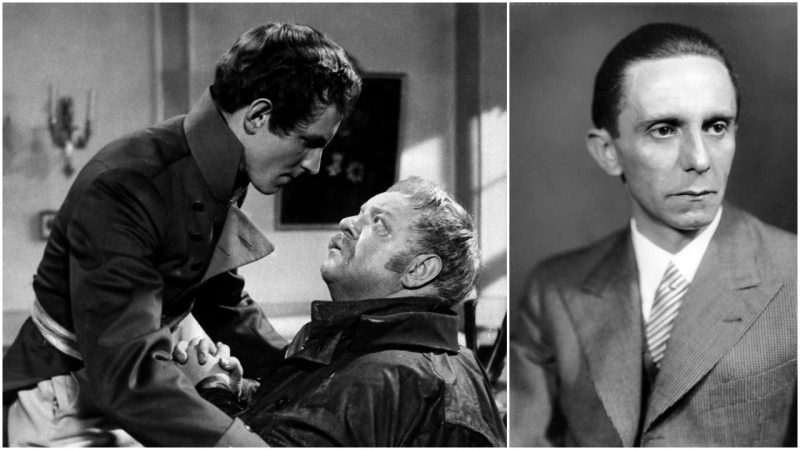In January 1945, eight months before the end of the Second World War, a major movie premiered in Berlin.
There wasn’t a lot of Berlin left for the event to take place in, but that wasn’t an issue for the Nazis, specifically Joseph Goebbels, Hitler’s Minister of Propaganda. He wanted the film to be a rallying cry for Germans up and down the country, who were becoming despondent as the Third Reich’s grip on the war became ever weaker.
Kolberg was their epic, big budget response and the latest release in a slate of Nazi propaganda movies that were ordered into production, owing to Hitler and Goebbels’ fascination with the motion picture as a means of controlling the populace.
As it turned out, Kolberg was the swan song for this chapter of Adolf’s war machine.
The story behind its fate is shot through with both comic irony and downright tragedy.
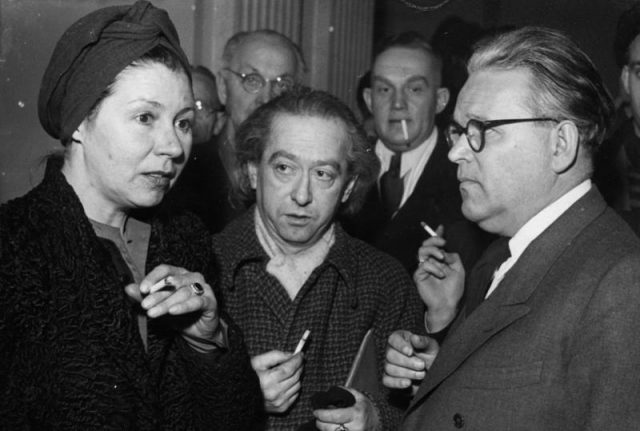
The plot of Kolberg was based on historical events, namely Napoleon’s attack on the Pomeranian city of Kolberg in 1807.
Adapted from the autobiography of the Mayor of Kolberg, Joachim Nettelbeck, and a previous stage adaptation by Paul Heyse, it aimed to inspire the German people by showing how the embattled citizens triumphed over the Napoleonic hordes.
Of course accuracy was not Goebbels’ primary concern. In the actual siege, Napoleon took the city, but why let the facts get in the way of a good story? This also applied to the writers. Paul Heyse was a Nobel Prize-winner but because he was Jewish all references to him and his play were removed.
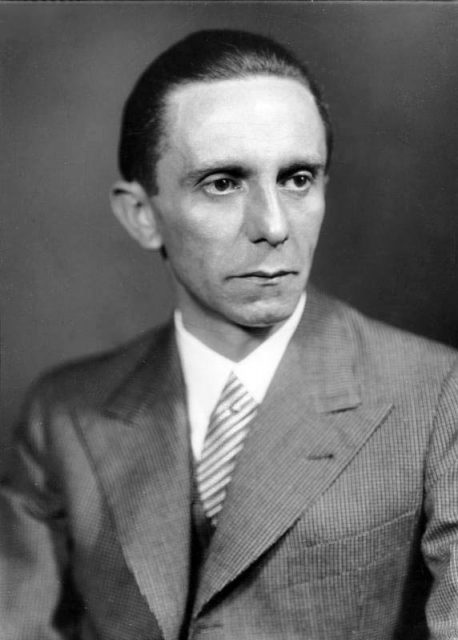
Kolberg started production in 1943 and cost in excess of 8 million Reichsmarks. That’s a sum that would put even James Cameron to shame. It was shot using Agfacolor, a color film developed by German company Agfa.
The film starred Heinrich George as Nettelbeck and German screen siren Kristina Söderbaum as Maria Werner, who was married to the director of the movie, Veit Harlan. Both husband and wife had worked on the notorious anti-Semitic propaganda piece Jud Süß (1940).
Unsolved Mysteries of Nazi Germany
Söderbaum was given the dubious title of the “Nazi Marilyn Monroe.” In a 1990s interview with the actress, author Karen Liebreich asked her about her relationship with Goebbels and the Führer.
This was for Liebrich’s book The Black Page: Interviews with Nazi Filmmakers and an edited extract from this was featured in The Guardian newspaper in 2017.
Söderbaum revealed that Goebbels “‘had very nice eyes but,’ she added with a laugh, ‘he was a devil!’ She said Adolf Hitler, on the other hand, was always very pleasant to her – and (Veit) Harlan would often remark on his amazing eyes.”
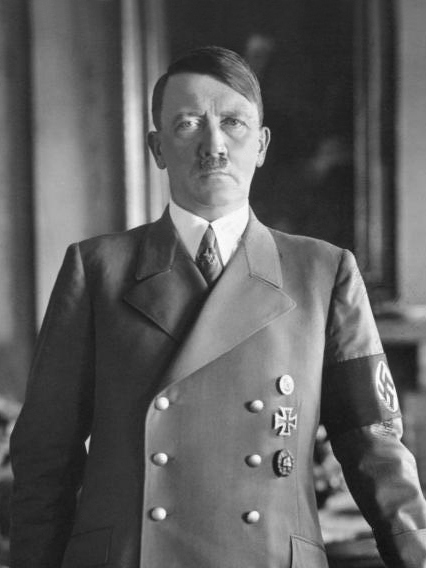
Kolberg is known for having the second largest movie cast in history, behind Gandhi (1982). Tens of thousands of these were actual soldiers, who had been relieved of their duties to take part in the shoot.
According to Karen Liebrich, Kristina Söderbaum believed “its cast were delighted to take part, because it meant they didn’t have to go to the front.”
That didn’t make the production a safe haven. Safety precautions were put in place in the event of an Allied attack and two of the extras lost their lives when an explosion went off prematurely.
Goebbels’ hopes of an all-conquering release were kicked into the long grass by a series of unfortunate events.
For one thing, the cities of Germany had been bombarded by the Allies, so cinemas were thin on the ground.
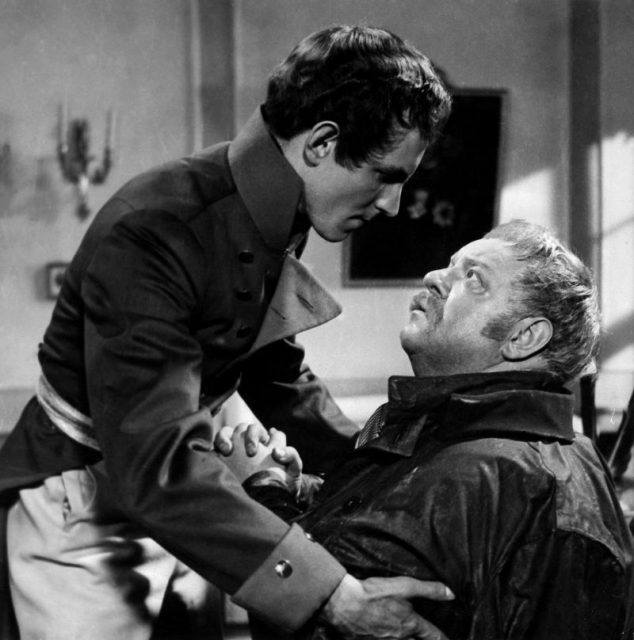
There was a high profile screening of sorts when a copy of the finished product was sent to pep up Nazi troops battling inside the Western French city of La Rochelle. Like Kolberg, the place was under siege. Delivery took place by parachute.
To add insult to injury the Kolberg of 1945 was seized by the Red Army, and most bizarrely of all Goebbels ordered the more violent parts of the movie be cut.
IMDB states the actor Jaspar von Oertzen remained in the credits and publicity, even though his character Prince Louis Ferdinand and his death were excised.
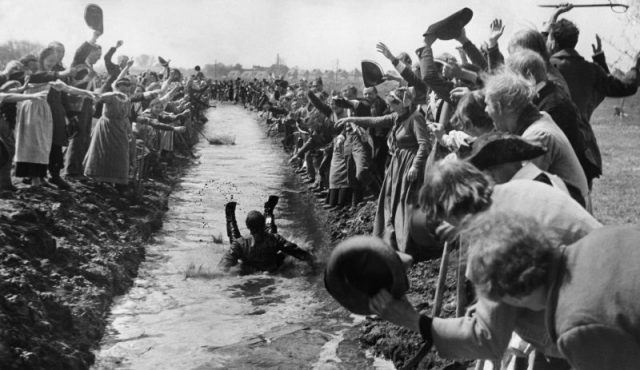
When the war ended, director Veit Harlan evaded justice to a certain extent by asserting that the Nazi regime was the author of his work, not him.
He died in 1964. Söderbaum passed away in 2001. Star Henrich George, who’d appeared in Fritz Lang’s 1927 sci-fi classic Metropolis as well as Kolberg, ended his days in a Soviet concentration camp in 1946.
Kolberg finally got a wide release 50 years after its premiere, in 1995. Despite its controversial nature, it’s seen as an important historical document rather than a bloated puff piece for the fascist cause.
Steve Palace is a writer, journalist and comedian from the UK. Sites he contributes to include The Vintage News, Art Knews Magazine and The Hollywood News. His short fiction has been published as part of the Iris Wildthyme range from Obverse Books
